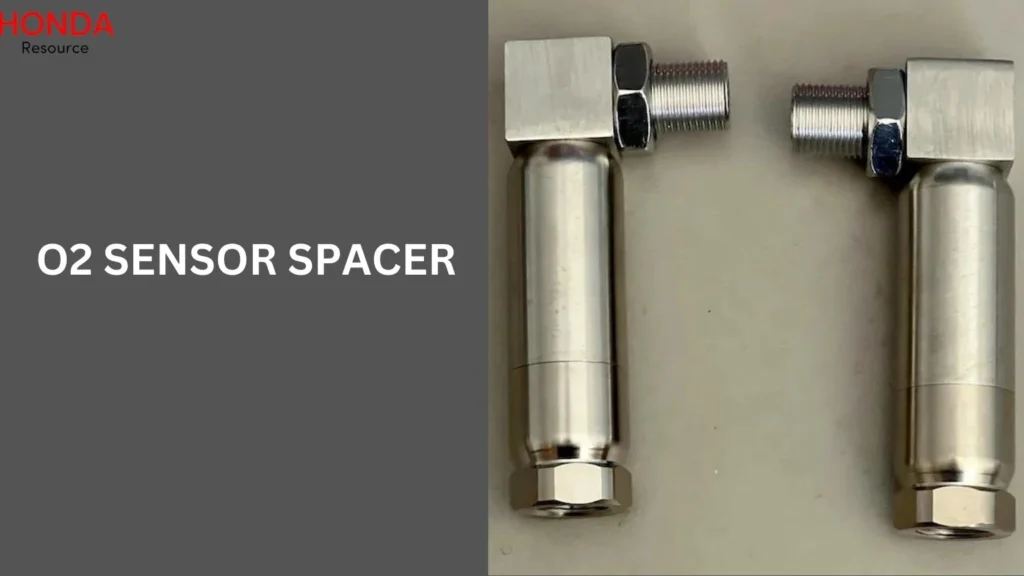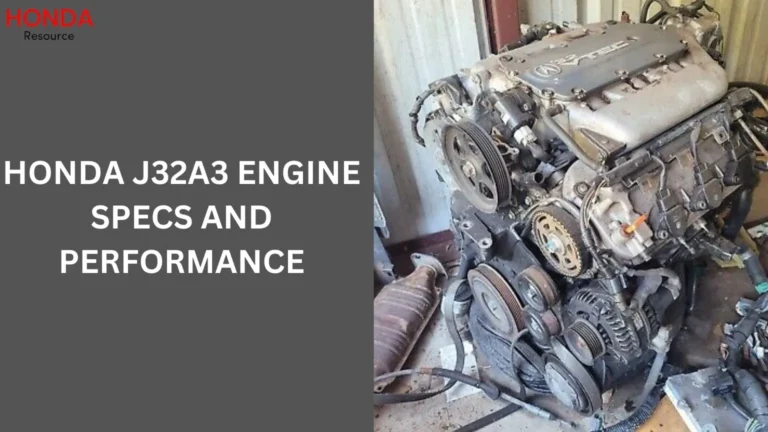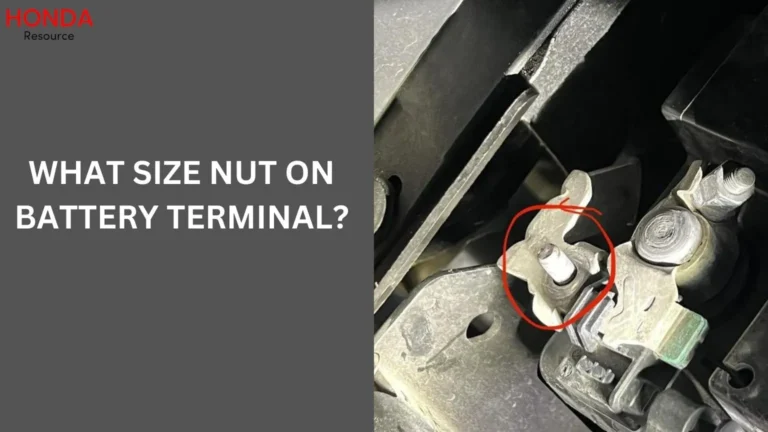What Do O2 Sensor Spacers Do?
Oxygen (O2) sensors play a critical role in your vehicle’s emission control system, helping to optimize engine performance and fuel efficiency.
However, when modifications or aftermarket parts affect the performance of these sensors, O2 sensor spacers can be a useful tool.
In this article, we’ll explore what O2 sensor spacers do, why you might need them, and how they can impact your vehicle.

Understanding O2 Sensors
Oxygen (O2) sensors are crucial components of a vehicle’s emission control system. They help ensure that your engine operates efficiently and meets environmental regulations.
To fully appreciate the role of O2 sensor spacers, it’s essential to understand what O2 sensors are, how they work, and why they are important.
What Are O2 Sensors?
Oxygen sensors measure the level of oxygen in the exhaust gases of your vehicle. They are essential for adjusting the air-fuel mixture to ensure optimal combustion.
Typically, vehicles have at least two O2 sensors: one before the catalytic converter (pre-cat) and one after it (post-cat).
How Do O2 Sensors Work?
O2 sensors work by comparing the amount of oxygen in the exhaust gases to the amount of oxygen in the outside air.
This comparison allows the engine control unit (ECU) to adjust the air-fuel mixture, improving fuel efficiency and reducing emissions.
What Are O2 Sensor Spacers?
O2 sensor spacers are small devices used in automotive applications to modify the position of the oxygen (O2) sensor relative to the exhaust gases.
They are typically installed between the O2 sensor and the exhaust pipe or catalytic converter, creating a small gap or distance that alters the sensor’s interaction with the exhaust stream.
Definition and Purpose
An O2 sensor spacer is a cylindrical device that screws into the O2 sensor port, with the sensor itself then attaching to the spacer.
The primary purpose of the spacer is to reduce the amount of exhaust gas that directly contacts the sensor.
This alteration can help address issues that arise when the sensor reads values that are not in line with what the engine control unit (ECU) expects, especially in vehicles with aftermarket exhaust systems or high-flow catalytic converters.
Why Use O2 Sensor Spacers?
O2 sensor spacers can be particularly useful in specific automotive situations where the performance or readings of the oxygen sensors are affected by modifications or issues with the vehicle’s exhaust system.
Here are the main reasons why you might consider using an O2 sensor spacer:
Correcting Emission Readings
Aftermarket modifications, such as performance exhaust systems or high-flow catalytic converters, can sometimes cause your O2 sensors to provide incorrect readings.
O2 sensor spacers help correct these readings by modifying the exhaust flow around the sensor.
Avoiding Check Engine Lights
One common issue with aftermarket parts is that they can trigger a check engine light (CEL) due to incorrect sensor readings. By using a spacer, you can often resolve this issue and prevent the CEL from coming on.
How Do O2 Sensor Spacers Work?
O2 sensor spacers are simple devices that modify the positioning of the oxygen (O2) sensor in relation to the exhaust stream.
By creating a small gap between the sensor and the exhaust gases, spacers can influence how the sensor reads the oxygen levels, which can be useful in specific situations.
Installation Process
O2 sensor spacers are relatively simple to install. They typically screw into the existing O2 sensor port, creating a gap between the sensor and the exhaust gases.
This gap helps to reduce the sensor’s exposure to the exhaust stream, which can correct erroneous readings.
Installing an O2 sensor spacer is a straightforward process:
- Remove the O2 Sensor: The first step is to carefully remove the O2 sensor from its original position in the exhaust system, usually near the catalytic converter or in the exhaust manifold.
- Attach the Spacer: The O2 sensor spacer screws into the existing sensor port. It is designed to fit the threads of both the sensor and the port, making installation simple.
- Reinstall the O2 Sensor: Once the spacer is securely in place, the O2 sensor is then screwed into the spacer. This setup creates a small gap between the sensor and the exhaust gases.
Impact on Vehicle Performance
The primary function of the spacer is to adjust how the O2 sensor interacts with the exhaust stream. By creating distance between the sensor and the exhaust gases, the spacer reduces the direct exposure of the sensor to the exhaust flow. This can result in:
Fuel Efficiency
By improving the accuracy of O2 sensor readings, spacers can help maintain optimal fuel efficiency. Proper air-fuel mixture adjustments ensure that your engine runs smoothly and efficiently.
Emissions Control
Spacers can also help in controlling emissions by ensuring that the O2 sensor provides accurate data to the ECU. This can be crucial for passing emissions tests and reducing the environmental impact of your vehicle.
Common Issues with O2 Sensor Spacers
While O2 sensor spacers can be beneficial in certain situations, they are not without potential drawbacks. It’s important to be aware of the common issues that can arise when using these devices to ensure they provide the desired results without negatively impacting your vehicle.
Compatibility Problems
Not all vehicles or aftermarket parts are compatible with O2 sensor spacers. It’s important to ensure that the spacer you choose is suitable for your specific make and model.
Potential for Reduced Sensor Accuracy
While spacers can help with certain issues, they might also reduce the accuracy of the O2 sensor in some cases. It’s crucial to use them correctly and monitor your vehicle’s performance to ensure that they are providing the desired benefits.
People also ask
Do oxygen sensor spacers work?
Oxygen sensor spacers can work effectively in certain situations, particularly when dealing with aftermarket exhaust modifications that cause incorrect sensor readings or trigger check engine lights.
By creating a small gap between the O2 sensor and the exhaust gases, spacers can help adjust sensor readings and prevent false error codes.
However, they are not a universal solution and may reduce sensor accuracy or cause compatibility issues.
It’s essential to use them correctly and ensure they are appropriate for your specific vehicle and modifications.
Are O2 sensor spacers illegal?
O2 sensor spacers can be illegal if they are used to bypass or tamper with emissions control systems, such as catalytic converters.
In many regions, modifying or disabling these systems violates environmental laws and can result in fines or penalties.
It’s important to check local regulations before using O2 sensor spacers to ensure compliance with legal requirements.
What do 02 sensor extenders do?
O2 sensor extenders, also known as O2 sensor spacers, increase the distance between the oxygen sensor and the exhaust gases.
This adjustment can help prevent false readings from the sensor, especially after installing aftermarket exhaust components, and can reduce the likelihood of triggering a check engine light.
They are often used to manage issues with emission-related sensors when modifications affect how the exhaust system operates.
How does an O2 sensor eliminator work?
An O2 sensor eliminator mimics the signal of an oxygen sensor to the vehicle’s engine control unit (ECU), effectively “tricking” the system into thinking the sensor is still present and functioning correctly.
This device is often used to prevent the check engine light from coming on after removing or bypassing the catalytic converter or other emissions-related components.
However, using an O2 sensor eliminator is illegal in many areas because it bypasses emissions controls.
Conclusion
O2 sensor spacers are valuable tools for addressing issues caused by aftermarket modifications and maintaining optimal vehicle performance.
By creating a distance between the O2 sensor and the exhaust gases, they help correct emission readings, avoid checking engine lights, and ensure that your vehicle runs efficiently.
However, it’s essential to choose the right spacer and consider potential compatibility issues. With proper use, O2 sensor spacers can be an effective solution for enhancing your vehicle’s performance and emissions control.

I’m Henry Leclerc, a passionate professional car mechanic with a deep love for Honda cars. With years of hands-on experience and extensive knowledge about all Honda car models, I’ve created this website to share my expertise and help fellow Honda enthusiasts keep their vehicles in top-notch condition.






